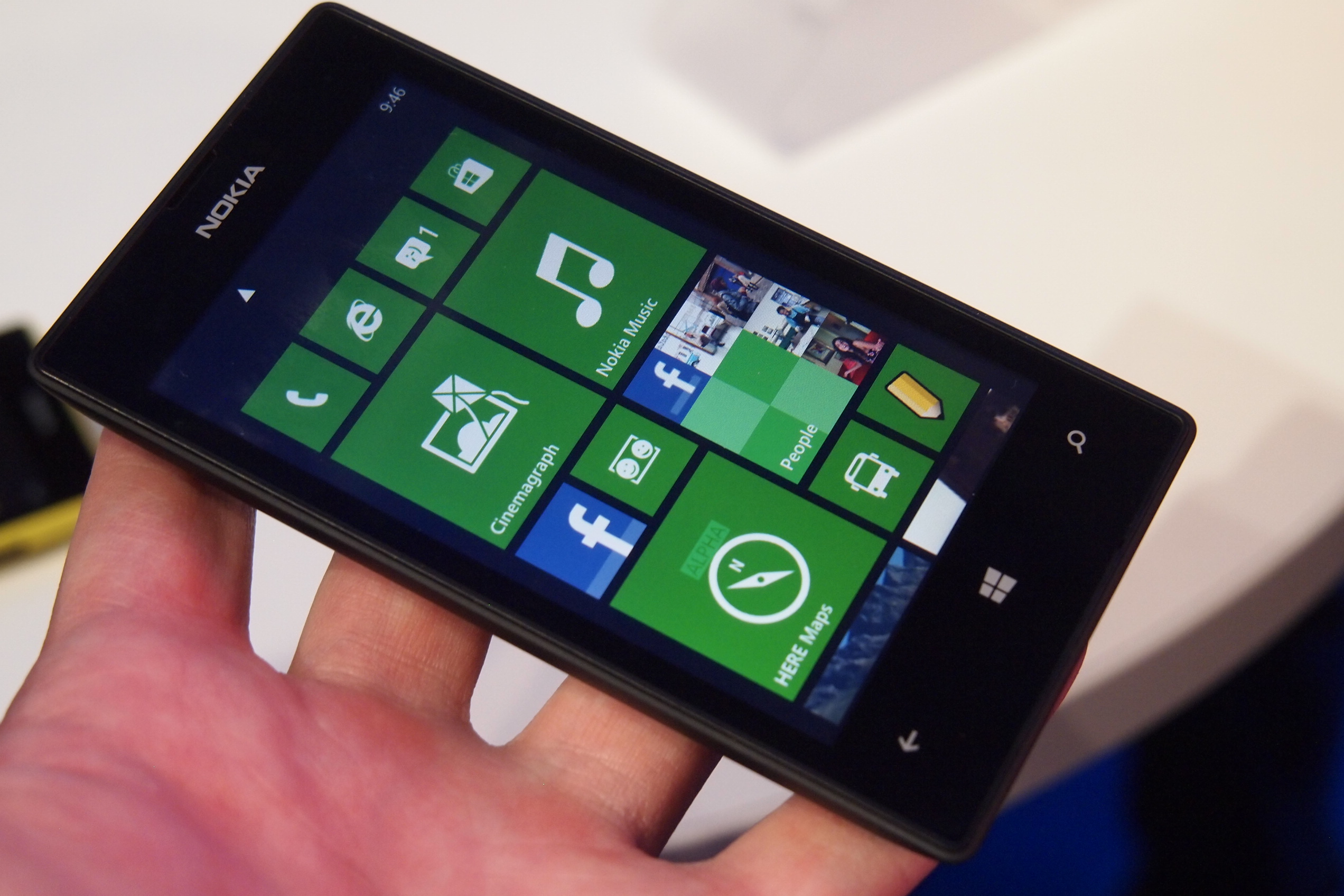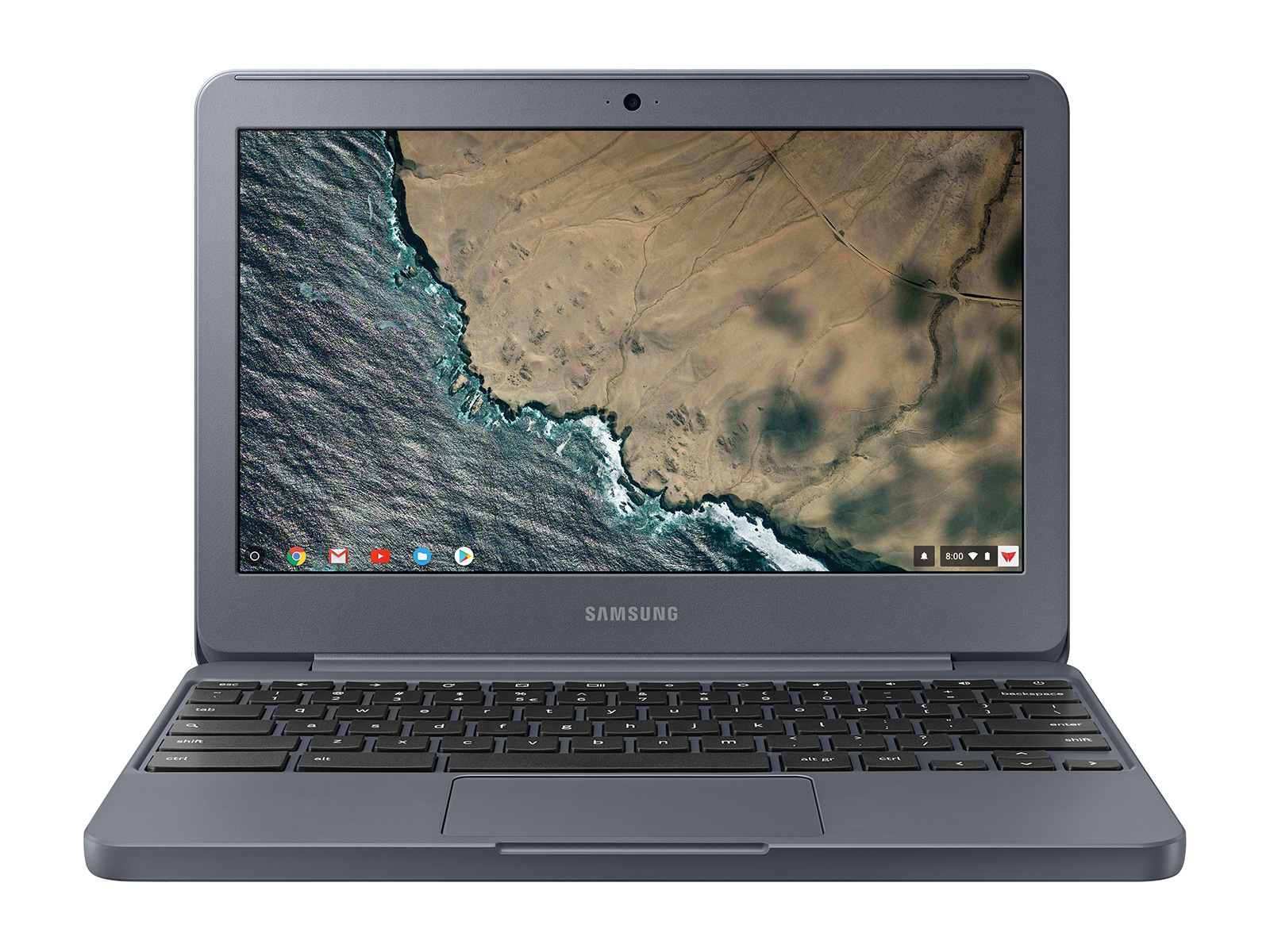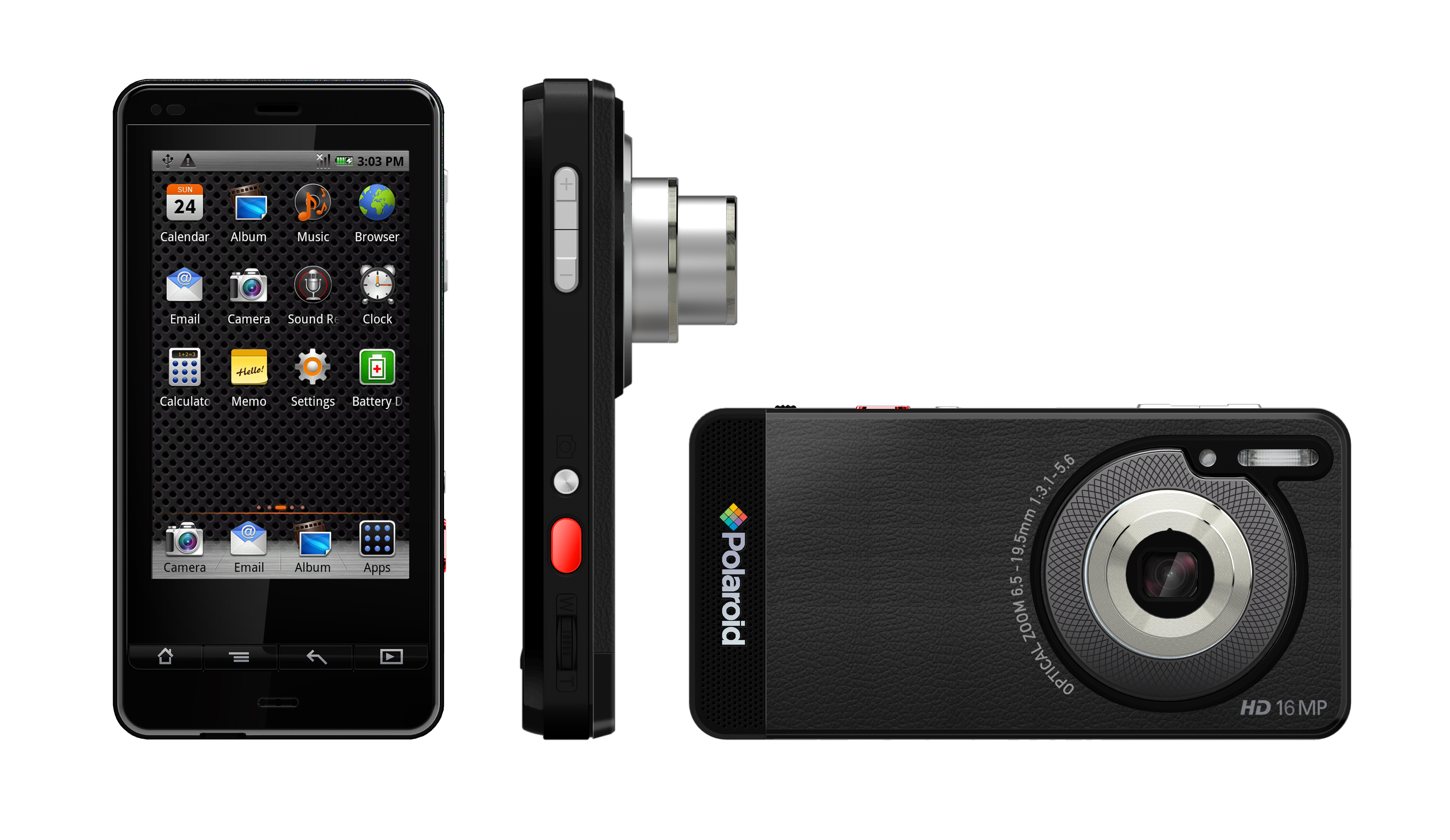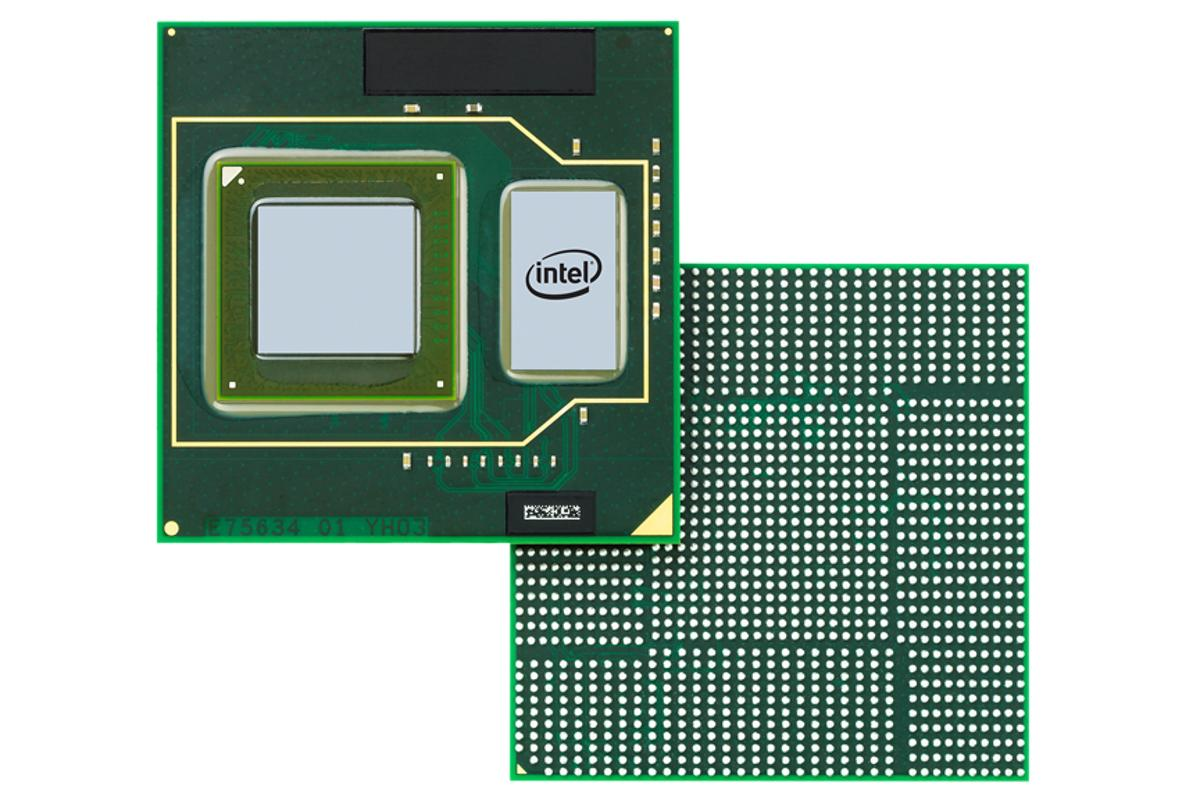Nokia Windows Phone has become a focal point of discussion in the smartphone landscape, particularly following Microsoft’s major announcements at CES 2012. Despite the ambitious projections for Nokia phone sales this upcoming year, many skepticism surrounds these numbers, with some analysts suggesting a more modest reality. The competition within the Windows Phone ecosystem is heating up, making it crucial for Nokia to distinguish itself, especially as Lumia smartphone sales appear pale compared to historical figures. Once a titan in the mobile industry, Nokia is now navigating a changing market where its smartphone market share is significantly diminished. Observing the rapid ascent of competitors like Apple and Android may dampen the anticipation surrounding Nokia’s Lumia lineup, yet the hope for revitalization remains strong among fans of the brand.
In the realm of mobile technology, the Nokia brand stands out through its recent venture into the Windows Phone arena. With Microsoft heavily investing in promoting this platform at events like CES 2012, many are eager to assess how Nokia’s newest offerings will perform in a fiercely competitive market. Although forecasts for Nokia smartphone sales are ambitious, the question remains whether these sales can truly compete with the likes of Apple. Given the historical significance of Nokia, which once dominated the mobile landscape, the current scenario paints a picture of a brand striving to reclaim its former glory amidst declining market share. The anticipation surrounding the Lumia series reveals both a commitment to innovative design and software integration, hoping to capture a new generation of smartphone users.
The Challenges Facing Nokia Windows Phone Sales
Despite the fresh user interface of the Nokia Windows Phone, sales figures presented by analyst firms indicate that the company is struggling to regain its former market strength. In 2008, Nokia commanded an impressive 38.6 percent of the smartphone market, showcasing its dominance with 472 million phones sold. However, in more recent years, projections suggest that Nokia may only sell about half as many smartphones in 2012 as it did in 2009, highlighting a serious decline in both Nokia phone sales and market share. This downturn is particularly pronounced when comparing to competitors who have embraced broader operating systems like Android and iOS, which have seen significant growth in global demand.
Furthermore, the competition within the smartphone landscape has intensified considerably. When Samsung overtook Nokia’s smartphone market share in 2011, it marked a significant turning point, driving home the challenge that Nokia Windows Phones would face against established giants. Although Nokia’s Lumia series, including models like the Lumia 710, 800, and 900, have the potential to attract users, the anticipation surrounding these devices does not seem to be translating into actual sales. Industry analysts have cast doubt on the projected sales figures, underlining a widespread skepticism about whether Nokia can compete effectively in today’s saturated market.
The Impact of Microsoft’s Marketing at CES 2012
During the Consumer Electronics Show 2012, Microsoft made headlines with its ambitious plans for the future of Windows Phone, attempting to bolster its presence in the smartphone arena. This aggressive marketing push is indicative of Microsoft’s broader strategy to highlight the unique features of Nokia Windows Phones and distinguish them from the competition. Innovations such as the glance-and-go interface and a continuous focus on functionality could play a critical role in altering public perception. Nevertheless, whether this marketing blitz will successfully translate into increased Nokia smartphone market share remains an open question.
While Microsoft has presented a clear vision, the effectiveness of their strategy is still under scrutiny. The expansive focus on integrating Windows Phone features and promoting Lumia devices aligns with current trends in user expectations for smartphones. However, with rival products continually enhancing their offerings—such as the competitive advantages found within the latest versions of the iPhone and Android—Nokia Windows Phone sales could still be disadvantaged. For true market recovery, Nokia must deliver on both innovative product offerings and competitive pricing to align with modern consumer demands.
Evaluating Lumia Smartphone Sales Among Competitors
Lumia smartphone sales are often overshadowed by the remarkable performance of other brands within the same market segment. While Nokia has made significant strides with its Lumia lineup, the gap between the sales figures of Nokia Windows Phones and those of competitors like Apple and Samsung is alarming. Reports have estimated that even the projected sales of 37 million Nokia Windows Phones in 2012 pale in comparison to the exceptional figures associated with the iPhone during its peak seasons. This stark difference emphasizes the need for Nokia to revitalize its approach to capturing smartphone sales.
Market intelligence reveals that Lumia devices can offer unique propositions, but Nokia must effectively communicate these advantages to potential consumers. Moreover, fostering partnerships with carriers like T-Mobile and AT&T is crucial for transmitting the value of Nokia Windows Phones to a broader audience. Without addressing these competitive dynamics and enhancing Lumia’s market presence, sustaining and growing smartphone sales will remain a colossal hurdle for Nokia to overcome in the ever-evolving tech landscape.
Nokia’s Legacy and the Future of Smartphone Innovation
Nokia has a rich legacy as a pioneer in the smartphone category, a title it once held firmly. With a market share that once soared to nearly 40 percent, the brand was synonymous with mobile innovation for years. The transition from their earlier Symbian platform to Windows Phone production marked an essential pivot in their strategy, but fans of the brand question whether it has adapted adequately to remain competitive. Enthusiasts hope that the combination of strong hardware and advanced Microsoft software will enable Nokia to recapture some of its lost glory.
Although the road ahead is fraught with competitive pressures, there are glimmers of hope for Nokia’s resurgence in the smartphone market. Expectations surrounding new releases, improved user experiences, and enhanced customer support can serve as cornerstones in rebuilding trust among consumers. However, for Nokia to thrive again, it must pair its esteemed legacy with innovative solutions that meet the demands of contemporary users—ultimately shifting the narrative away from nostalgia and towards future successes.
Understanding Nokia’s Current Smartphone Market Share
The fluctuations in Nokia’s smartphone market share exemplify the rapid evolution of the mobile technology landscape. Historically, Nokia dominated the smartphone sector, but its current market share has dramatically decreased due to the rise of rivals like Apple and Samsung. Gartner’s statistics reveal that, while smartphones accounted for a significant portion of global handset sales, Nokia’s ability to innovate and adapt to changing consumer preferences remained sluggish. This decline in market presence raises essential questions about the company’s future direction and viability.
Analysts predict that Nokia’s market share will continue to dwindle unless there is a substantial shift in strategy. A reinvestment in research and development focused on appealing smartphone features, alongside a robust marketing approach, could help reverse this trend. The revival of the brand hinges on its ability to bridge the gap between nostalgia and innovation—convincing a new generation of smartphone users to choose Nokia Windows Phones over competing brands.
The Competitive Landscape After Microsoft Acquisitions
In the wake of Microsoft’s strategic acquisition of Nokia, the competitive smartphone landscape has undergone significant transformations. This merger is aimed at synergizing software and hardware development, providing a platform for both companies to capitalize on their strengths. While Microsoft’s backing offers Nokia the critical support needed to innovate, the question of whether this partnership can effectively compete with established leaders like Apple remains subject to scrutiny. Nevertheless, the enhanced collaboration could create opportunities for developing unique features in the Nokia Windows Phone line.
Moreover, this acquisition allows for integrating Microsoft’s software ecosystem into Nokia’s devices, potentially streamlining user experiences across various platforms. However, success will largely depend on how well Nokia can leverage these newfound resources to regain market share and entice consumers. Balancing competitive pricing with cutting-edge technology will be essential for Nokia to solidify its position in an industry that is increasingly dominated by agile competitors—illustrating the importance of strategic alignment following the acquisition.
The Role of Windows Phone in a Crowded Market
Windows Phone, with its distinct interface and features, holds a unique position amidst a crowded market filled with contenders offering varying degrees of customization and user experience. The Nokia Windows Phone lineup offers a refreshing juxtaposition against the array of Android devices, focusing on simplicity and efficiency. For Nokia to declare a significant presence in this domain, they must communicate the advantages of choosing Windows Phone, such as seamless integration with Microsoft services and applications. These elements can create a compelling case for potential buyers who seek alternatives to more mainstream offerings.
Nonetheless, while the features of Windows Phone appeal to a niche audience, expanding its reach beyond that is essential for market sustainability. Enhanced marketing strategies that connect with consumers on their values and needs can resonate more effectively and encourage potential adopters to consider Lumia smartphones. Furthermore, robust partnerships with applications and service providers will enhance the overall ecosystem surrounding Windows Phone, facilitating better user experiences and broader acceptance in an increasingly competitive smartphone marketplace.
Consumer Expectations and the Future of Nokia Windows Phones
As consumer preferences evolve, Nokia faces the critical task of aligning its products with the expectations of modern users. Enthusiasm for robust features such as superior photography, gaming capabilities, and multi-tasking functions dominates the consumer electronics landscape. Innovations intrinsic to Nokia Windows Phones, such as the Live Tiles interface, represent promising advancements—yet must be complemented by comprehensive features that meet users’ expectations. The success of future product lines will depend upon how effectively Nokia can integrate feedback from its audience into meaningful improvements.
Moreover, addressing concerns regarding market adaptability will be crucial in rekindling interest among potential users. With a focus on user-friendly design combined with advanced technology, Nokia can distinguish itself within a landscape increasingly characterized by rapid advancements. As the smartphone market reaches a tipping point, ensuring, that consumer expectations are met will be vital for Nokia’s re-entry and success in long-term smartphone sales growth.
Forecasting the Future of Mobile Competition
The future of mobile competition is poised for significant change as players such as Nokia, Apple, and Samsung vie for consumer attention amid evolving technologies. For Nokia to reclaim its standing, it must navigate the shifts in consumer demand while responding dynamically to emerging technologies and trends. Combining innovation with strategic marketing initiatives can help the brand remain relevant while addressing the challenges posed by competitors. Understanding these dynamics is essential for crafting a roadmap that aligns with market realities.
Ultimately, as the smartphone landscape continues to evolve, the ability to anticipate consumer needs and address shifting market paradigms will dictate which companies thrive. For Nokia Windows Phones, this means fostering an ongoing commitment to high-quality product development and customer engagement. By doing so, Nokia can hope to carve out a significant niche within the ever-competitive smartphone ecosystem, leveraging its storied history while paving the way for a successful future in the industry.
Frequently Asked Questions
What factors influence Nokia Windows Phone sales in the current market?
Several factors contribute to Nokia Windows Phone sales today including competition from major players like Apple and Android, the introduction of new models like the Lumia series, and marketing efforts from Microsoft. Despite having a unique user interface and strong hardware, Nokia’s sales projections have faced challenges due to declining smartphone market share against evolving competition.
How does Microsoft CES 2012 showcase impact Nokia Windows Phone sales?
At Microsoft CES 2012, announcements about the Windows Phone platform and new devices helped to create excitement around Nokia Windows Phones, especially with launches like the Lumia 800 and Lumia 900. This marketing presence is crucial for boosting potential sales, as it enhances brand visibility and showcases the advancements in Nokia’s smartphone technology.
What is the current state of Lumia smartphone sales compared to the market leaders?
Lumia smartphone sales have fallen short compared to market leaders like the iPhone and Samsung devices. Reports predict that while Nokia may aim for significant sales figures, their projections for 37 million units in a year are modest, especially when compared to Apple’s capacity to sell that number in a single quarter.
How does Nokia’s smartphone market share compare historically?
Historically, Nokia dominated the smartphone market, boasting a 38.6 percent market share in 2008. However, this share has drastically declined in recent years as competition increased, and Samsung overtook Nokia as the leading smartphone manufacturer in 2011, indicating significant challenges for Nokia in retaining market share with their Windows Phone offerings.
What impact does competition have on Nokia Windows Phone?
The competition from Android and iPhone has significantly impacted Nokia Windows Phone, making it difficult for Nokia to reclaim its previous market dominance. Analysts predict declining sales figures for Nokia, particularly in a market that has seen rapid growth and innovation from competitors, which affects overall consumer interest in Windows Phone.
Why should consumers consider buying a Nokia Windows Phone?
Consumers may consider a Nokia Windows Phone due to its unique user interface and integration with Microsoft services. The Lumia series offers good hardware quality and exclusive features that set it apart from its competitors, catering especially to users seeking a different smartphone experience.
What predictions are analysts making about Nokia Windows Phone’s future sales?
Analysts express skepticism about Nokia Windows Phone’s future sales. While some optimistic projections suggest that Nokia could sell around 37 million phones, this is seen as a decline compared to their historical sales performance, especially as competition continues to dominate the smartphone sector.
| Aspect | Details |
|---|---|
| Market Presence | Nokia Windows Phones are projected to sell 37 million units in 2012, significantly lower than their historic sales. |
| Past Performance | In 2008, Nokia sold 472 million cell phones, capturing a 38.6% market share, dominating the smartphone sector. |
| Competition | Samsung surpassed Nokia as the leading smartphone brand in Q3 2011. |
| Windows Phone Launch | Nokia has released models like Lumia 710 and 800, with Lumia 900 anticipated. |
| Future Outlook | Despite a fresh UI, the sales numbers for Nokia Windows Phones may seem unpromising compared to historical figures and competitors. |
Summary
Nokia Windows Phone has faced significant challenges in the competitive smartphone market, with projections of 37 million units sold in 2012 being a far cry from its historical performance. The brand, once dominant with its impressive market shares in the smartphone category, now finds itself struggling against rivals like Apple and Samsung. While the recent introduction of models such as the Lumia 710, 800, and the upcoming Lumia 900 shows Nokia’s commitment to innovation with Windows Phone, the overall outlook remains cautious. Enthusiasts of the brand hope for a resurgence that could reinstate Nokia as a strong contender in the mobile landscape.



